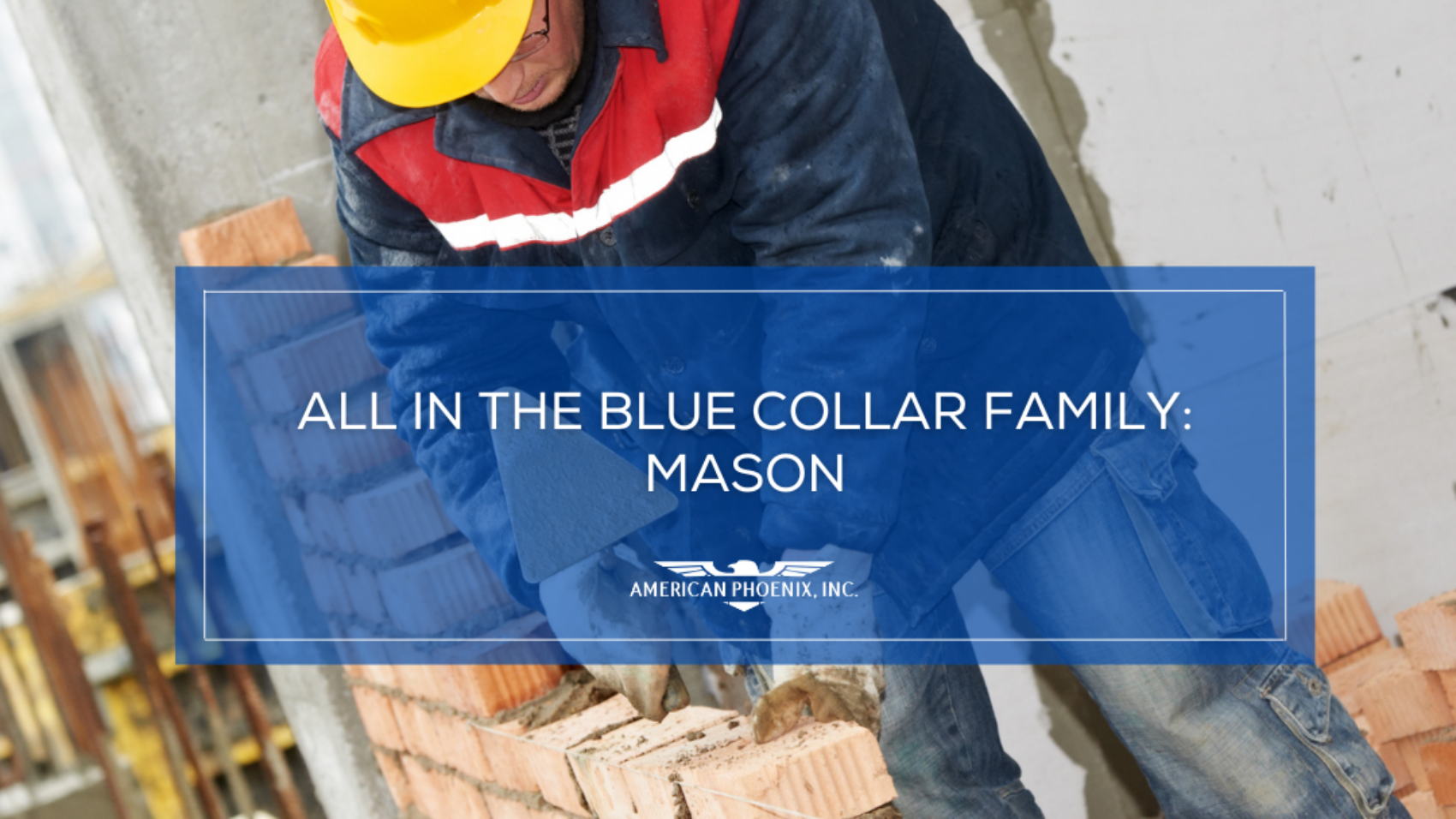At some point, you have likely seen a child be amazed by a bulldozer knocking over a structure, a crane lifting massive pieces of building materials, or an excavator digging up scoops of dirt. But those vehicles don’t work independently – they need skilled people behind the wheel. Often the first to arrive and the last to leave for the day at a job site, heavy equipment operators are crucial to the construction world, commanding the large machines that shape the landscapes of our cities and towns.
Heavy equipment operators are vital components in just about any major construction project. They are responsible for running large machines that push, pull, pump, or lift material that is too much for human hands. With a rich history dating back to the early days of mechanized construction, these skilled professionals play a pivotal role in shaping the world around us.
History of Heavy Equipment
The roots of heavy equipment operation can be traced back to the Industrial Revolution when new machinery revolutionized agricultural, construction, and even military operations. In the late nineteenth century, Benjamin Holt invented the first combine harvester and steam engine tractor, and John Froelich soon followed with a gas-powered tractor. These machines set the stage for additional variations of ground-breaking heavy equipment innovations in the following decades, such as the excavator and bulldozer.
In the 1950s, a significant increase in demand for new suburban neighborhoods and interstate highways made heavy equipment invaluable in the booming construction industry. As the technology continued to evolve, so did the role of operators, with the introduction of diesel-powered equipment, hydraulic systems, and more compact machines in the early twentieth century, marking significant milestones in the profession’s development. Heavy equipment operators are expected to continue being in high demand in the coming years, as the job outlook is projected to grow by 13.6% in Wisconsin between 2016-2026.
The Role of Heavy Equipment Operators
Heavy equipment operators are responsible for maneuvering and operating a wide range of machinery, such as bulldozers, excavators, cranes, backhoes, and loaders. Their work is indispensable in construction projects that require industrial aerial, earth-moving, paving, power generation, and hauling functions. Construction companies or private contractors may employ them for various projects, from new buildings and infrastructure to roads and landscaping.
What Heavy Equipment Operators Do
The tasks performed by heavy equipment operators are diverse and multifaceted, ranging from excavation and earthmoving to material handling and site preparation. Some typical jobs and responsibilities include:
- Excavation: Operators may help clear spaces in the ground by digging trenches, foundations, and drainage ditches using excavators or backhoes.
- Grading: Preparing sites for construction projects often involves leveling and smoothing terrain to create even foundational ground using excavators, backhoes, or skid steers.
- Material Handling: For large amounts that cannot be lifted by hand, operators may transport and distribute heavy materials such as soil, gravel, and concrete using loaders, dump trucks, or bulldozers.
- Lifting and Rigging: Cranes, forklifts, or excavators may be used to hoist and position heavy objects like construction materials, containers, and even other machines.
- Demolition: To begin clearing an area of unwanted structures, operators may break down heavy materials using excavators, backhoes, or bulldozers to make them easier to transport.
Becoming a Heavy Equipment Operator
Becoming a heavy equipment operator requires education, training, and practical experience. While specific requirements may vary depending on location and employer, the general steps typically include:
- Education: While the job doesn’t require much formal education, most employers look for at least a high school diploma or equivalent. Focusing on math, physics, and auto mechanics classes can help later on.
- Training: Depending on the type of equipment, aspiring operators may have a variety of training options, including on-the-job training with an experienced operator, vocational training programs, or apprenticeships. Any of these options will provide an opportunity to learn the fundamentals of heavy equipment operation and get hands-on experience.
- Licensing and Certification: While not all types of heavy machinery need licenses, it is essential to check which do and earn the proper certifications as necessary. Requirements may vary by state but typically involve knowledge and skills testing.
- On-the-Job Experience: Gaining practical experience by working alongside seasoned operators can help hone skills and increase knowledge while earning valuable experience in an entry-level position.
- Continuing Education: Staying updated on industry trends and advancements through ongoing training and professional development can provide opportunities for continued career growth and additional employment options.
As the construction industry continues to change, heavy equipment operators will remain indispensable to projects of all kinds. With a bright outlook for employment opportunities and technological advancements, these dedicated professionals will continue to play a vital role in shaping the landscapes of our communities.
To learn about other jobs in the blue-collar family, check out these articles about plasterers, carpenters, and masons.
For more articles From the Plant, check out our blog.










